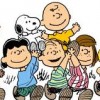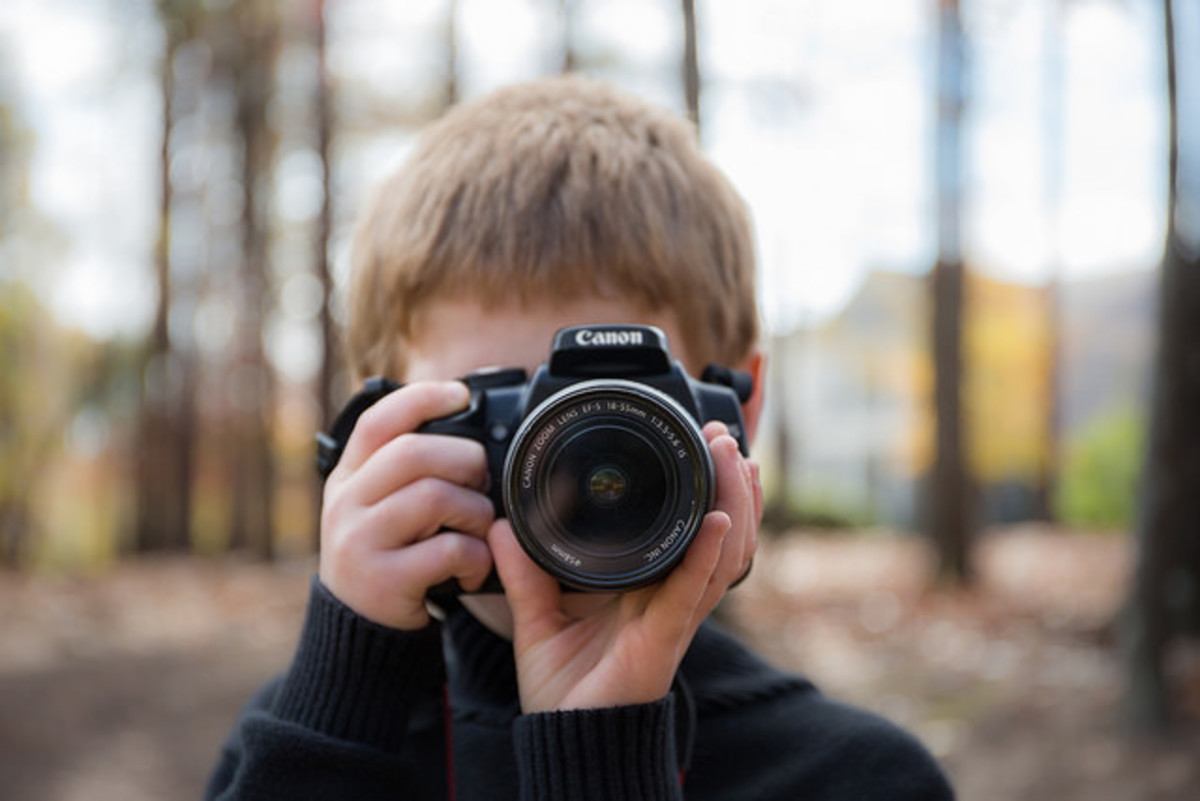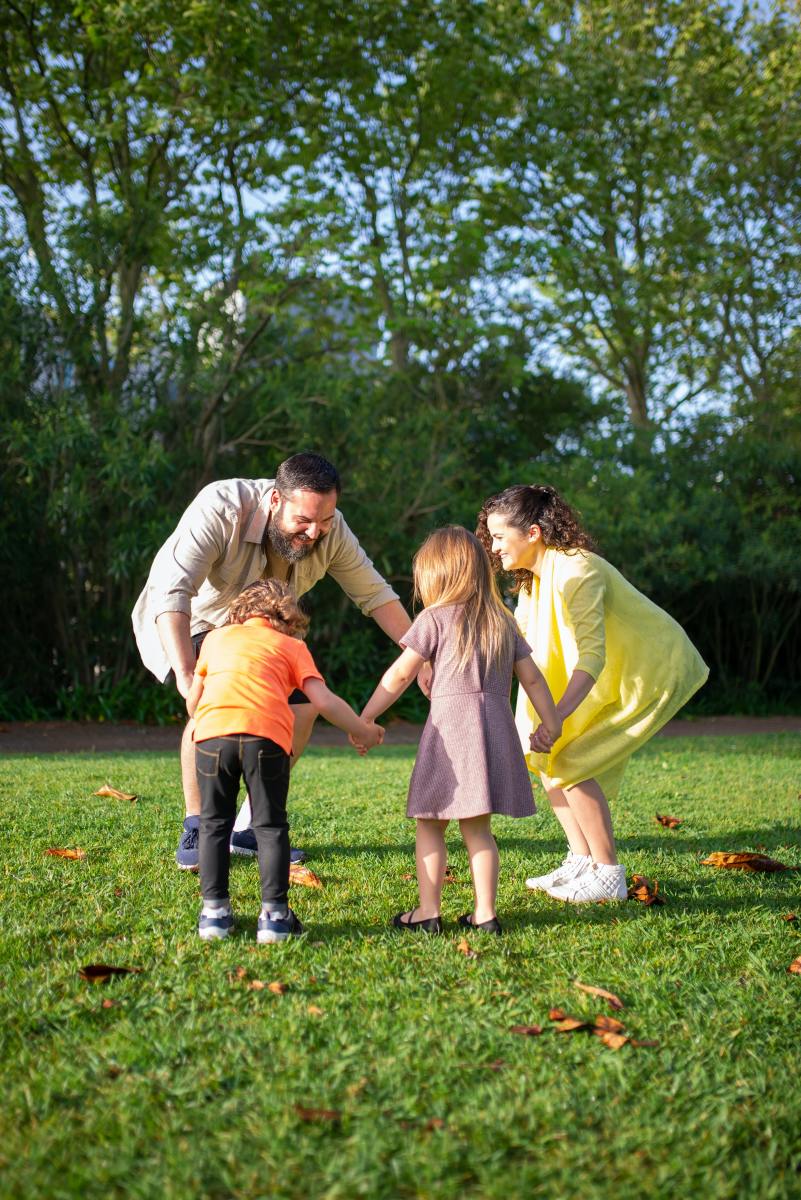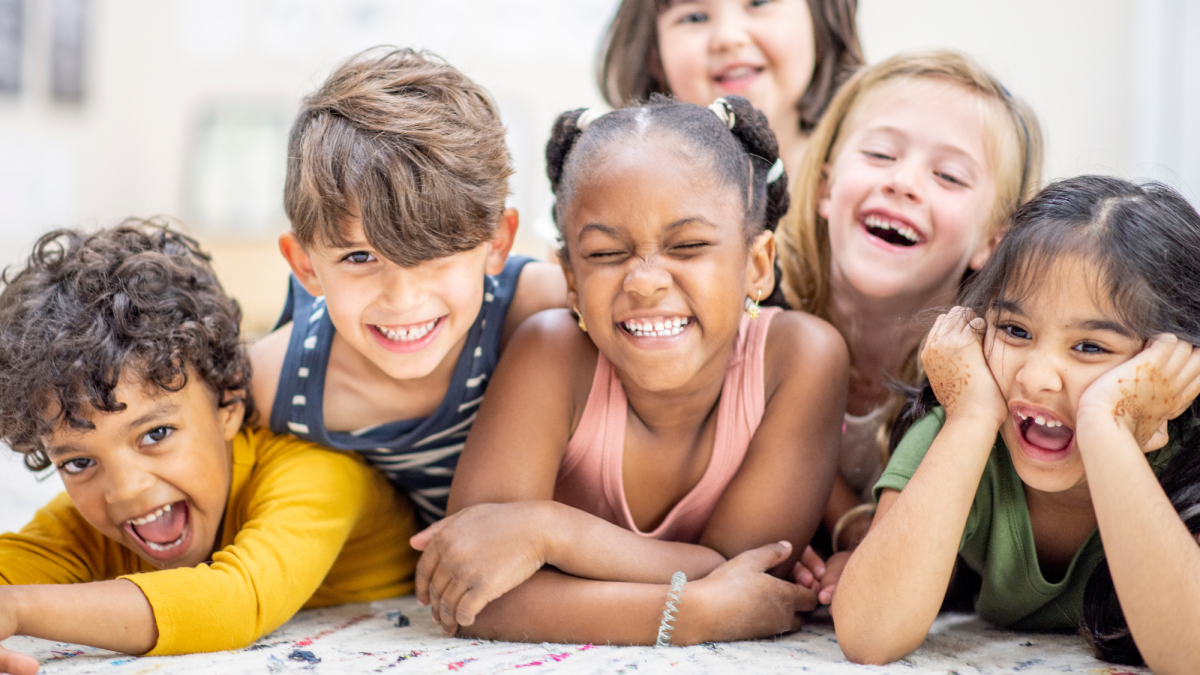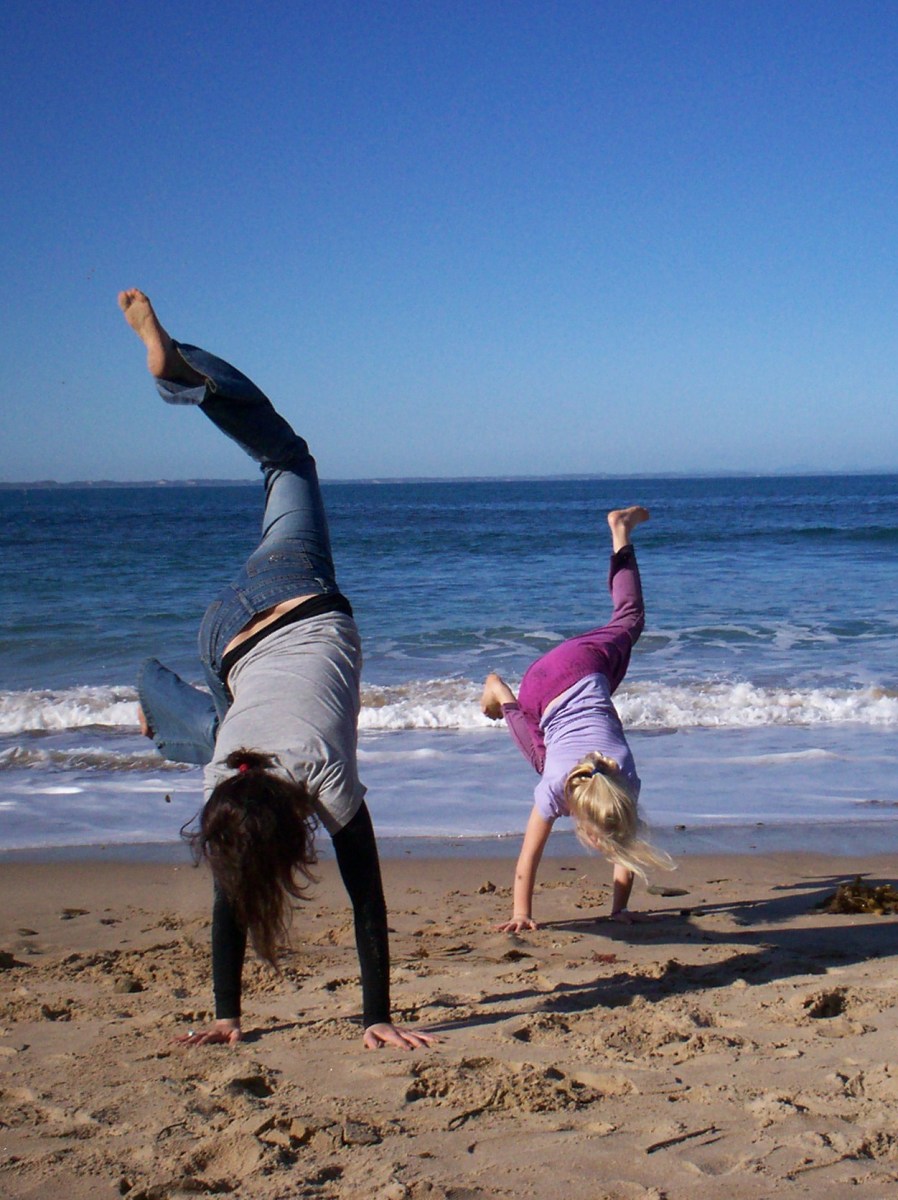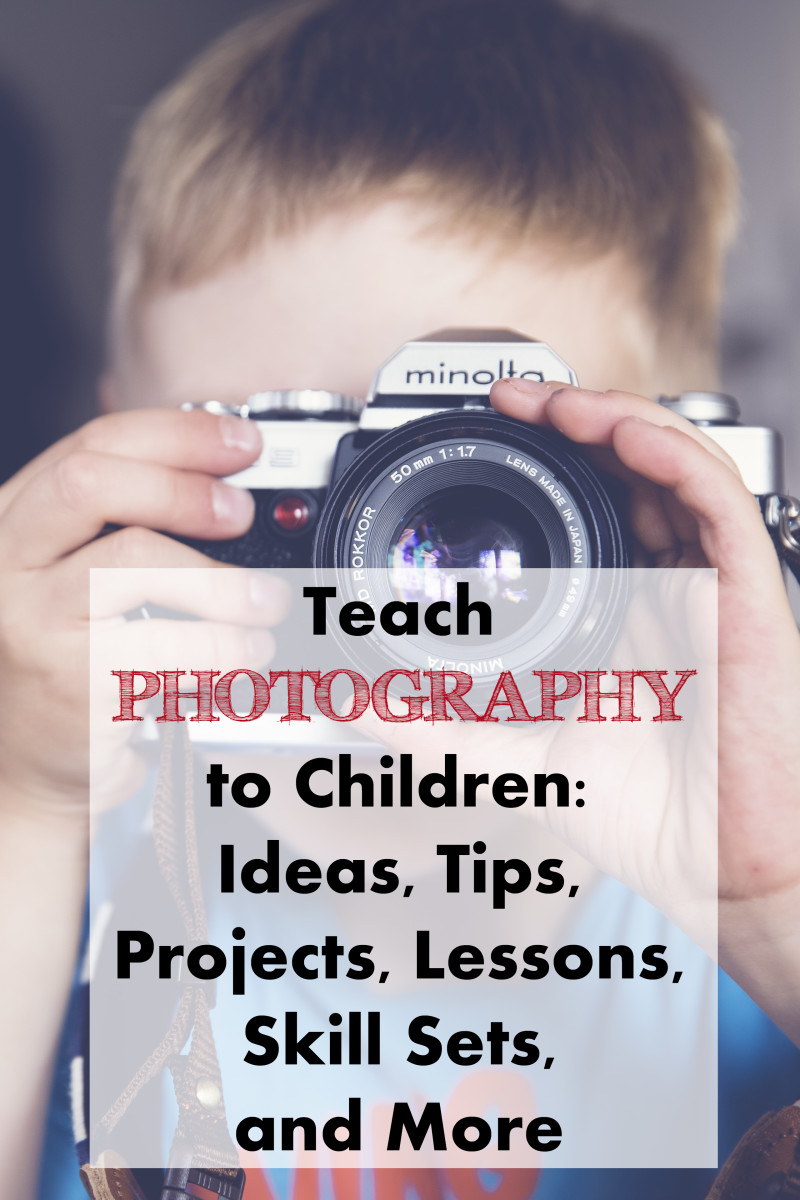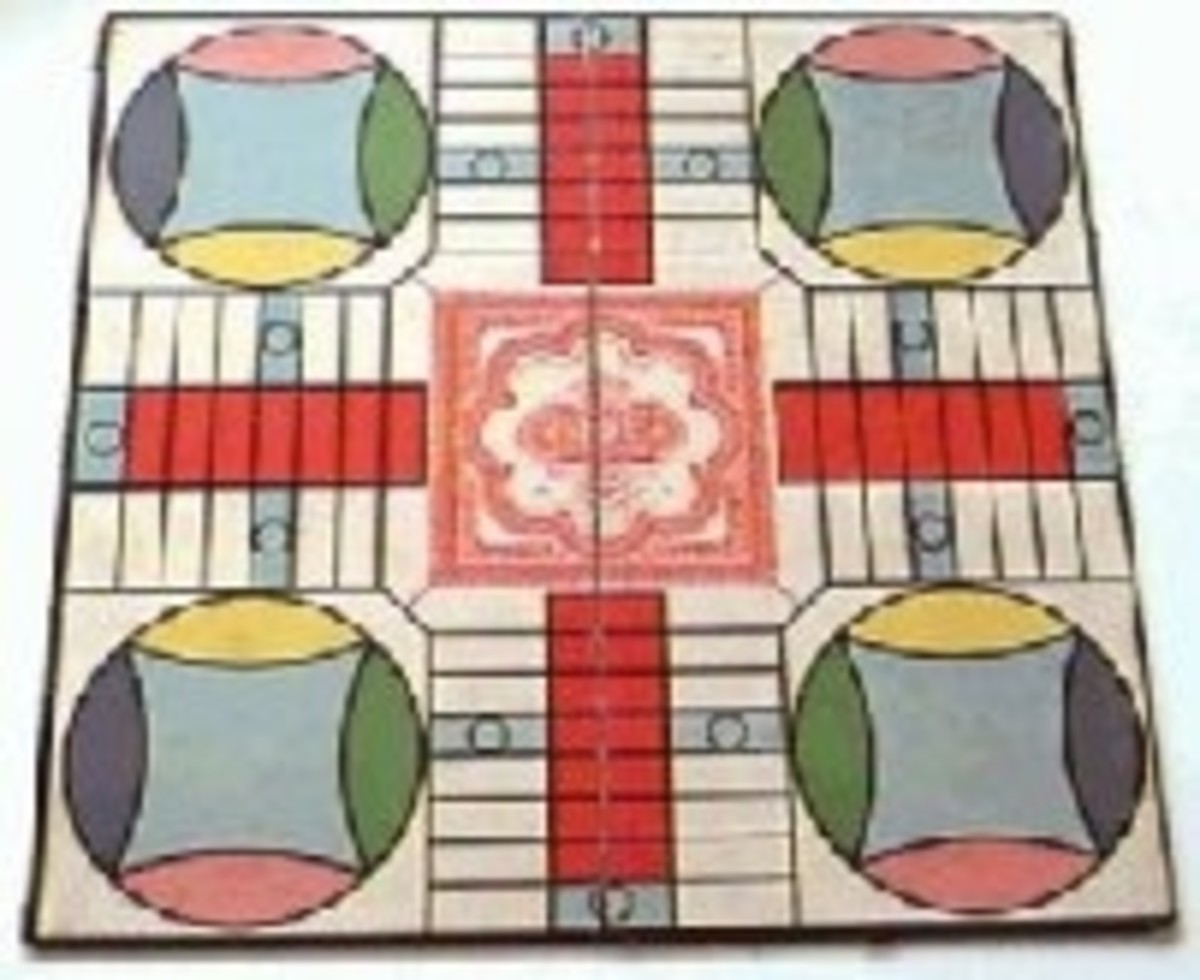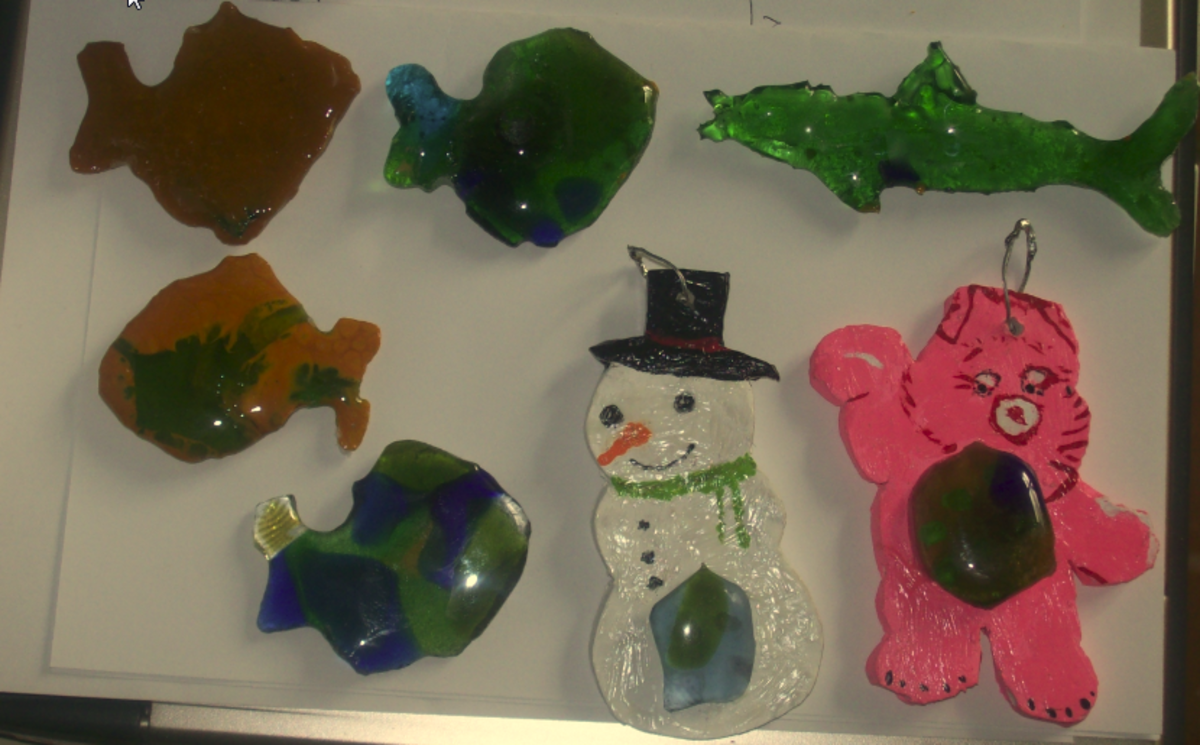Photography Fun Literacy with Activities!
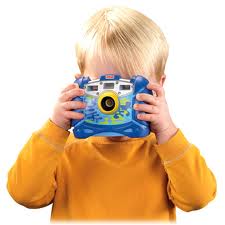
Photography for Kids
There are many learning opportunities that can happen when photography is used as a tool for learning. The technology today makes it easy to take photos anywhere, using cameras on phones or other devices. The capacity to edit and delete photos allows for practice taking pictures, without the fear of wasting film. Children are able to take advantage of these features and begin exploring photography at a very young age. Putting a camera in the hands of a child is a wonderful way to motivate learning, and the photos they take can be used to facilitate language development and create exciting photo books that can help develop early literacy skills.
Photo Book Activities
Now it’s picture taking time! This is where the fun really begins. There are many educational activities that can happen with a camera. The following are suggestions for using the photos that children take to motivate reading, writing, and oral communication.
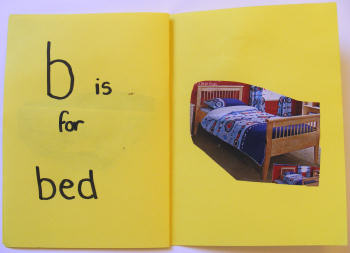
Alphabet Photo Book: This activity is a wonderful opportunity to go on a hunt with your child and look for objects in the world, that start with each letter of the alphabet. Once a photo is taken to represent a letter, a page is then created to show the letter and photo together. It is also an idea to include the word, that represents the object in the photo and begins with the letter. This personalized alphabet book provides a meaningful experience, that will go a long way in helping children to learn their letters.
Adjective Photo Book: Ask your child to take several close-up photos of any object they choose. For instance, they may want to take a picture of a single leaf on a tree, or a spoon lying on the counter. Choose the best shots and print them out. For each picture brainstorm words that describe the object. For the leaf example you may use words such as green, jagged, thin, vibrant, smooth, soft, crinkled, etc. Display the words with the photos and create a book. You may choose to use a binder, that will allow you to add more pages when the inspiration arises. This photo book will become a valuable writing tool when used as a reference for new words, to aid in writing projects .
Small Moment Story: Take several pictures of a small task being executed. If dad is making pancakes, then the child could be encouraged to take several photos of the process from start to finish. Choose the photos that best tell the story (about 4-6). Sequence them and retell the story orally with the aid of the pictures. Be sure to use specific vocabulary to describe the objects and actions in the photos. Also, discuss the beginning, middle, and end of the picture sequence in the story. For younger children, it is fun to mix up the photos and put them back in order. Practice telling the story orally several times before trying to write it.
Theme Photo Book: This activity encourages children to create a collection of photos that all pertain to the same theme. Popular themes might include photos that represent different flowers, cars, or even bugs. The options are endless. In this activity, the child is encouraged to do some research about the theme being represented. Once there are enough research facts, they can be written down to accompany the photos. The creation of a theme photo book gives children insight into non-fiction texts and research inquiry.
Math Photo Book: Create a photo book with your child that helps them learn about math concepts represented in the world around them. Children can be encouraged to take photos of patterns they discover in their environment or they may take photos to show the quantity of numbers. For instance, they could take pictures of different objects in sets of ten to learning about counting or they might snap a photo to show a pattern present in a tile floor. More examples might be to create a photo book of analog/digital clocks to learn about time or take pictures of objects that represent shapes in the world.
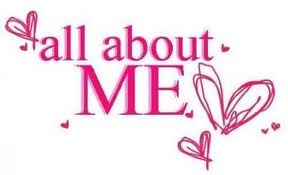
All About Me Photo Book: This book encourages children to take photos of things they feel represent them and their interests. They may have someone take photos of them doing different activities, or they may decide to take their own photos of things in the world that describe them. For instance, if a child likes soccer they may decide to take a close-up picture of a soccer ball, or an action shot of a game they are watching. The objective is to create a book that tells a story about them. This is particularly useful for encouraging children to expand their conversation skills. Children feel comfortable talking about things they know, so it is a perfect opportunity to help them expand their ideas, and build verbal skills. Writing also becomes easier when it is about a familiar topic. Once children write the photo book have them share it with others, to practice their reading.
Photo Books Foster Literacy
Giving children the support and guidance they need to create photo books helps to promote literacy skills. Children have the opportunity to grow in oral language, reading, and writing. In all the activities it is important that children spend time describing their photos orally, to help build vocabulary and ideas. This process helps better prepare them for the task of writing the text. The support you give during writing will vary depending on the needs of the child. For very young children, have them dictate a simple sentence for each photo and write it for them. When reviewing the book they can practice reading the sentence that they helped to create orally.
Photo books are a great way to motivate learning and give children opportunity for meaningful experiences, which foster literacy skills. Constructing photo books also provides them with a special memento that they can return to, again and again, to practice their reading. If the child enjoys creating photo books, try making all the different ones listed... and make sure to recognize and celebrate the child as an official author. If they keep writing they could end up with their very own photo book library collection!
Literacy Learning for Children
- Questions to Ask Kids that Build Communication
A parents interaction with their child is important. They are role models that support the development of conversation skills. By using strategies that facilitate meaningful discussions parents can assist a child's thinking and improve communication. - Website Articles: A Great Reading Resource for Kids
Discover endless reading resources available on the web for children. Learn about the power of quality texts for developing reading motivation and explore practical tips for maximizing reading sessions with your child.
